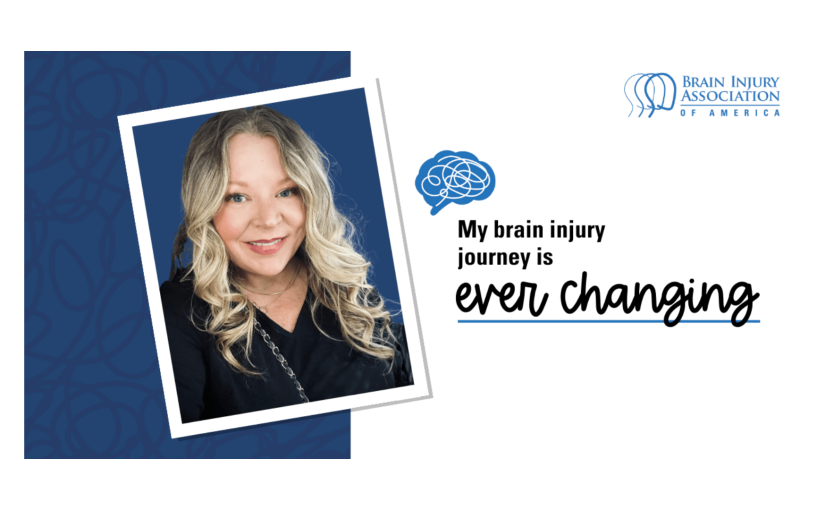The brain: we all have one and use it every day. But how often do you actually think about the thing that helps you think? Aside from the occasional headache, déjà vu, or perhaps a dizzy spell, you may not give it much thought, allowing your brain to operate and orchestrate the myriad of bodily functions it controls. Breathing, the first activity that comes to mind, is an important—dare I say, the most important—function that affects every other aspect of your life.
My Brain Injury Journey Begins
I admit, before 2013, I didn’t pay much attention to my brain health. That changed dramatically in what seems like an instant to me but actually spans approximately 10 years. I say “approximately” because I can’t actually recall, in order, many of my life events from about 2007 to 2017. That’s not to say I don’t remember anything because I do, and I am remembering more and more as time goes on.
In the pursuit, alongside medical professionals, to determine the cause of my cognitive impairments and memory loss, I embarked on a brain injury (and improvement) journey in 2017.
This journey, or science experiment as I like to refer to it, led me to try many new things as brain exercises over the past year. After much research, I discovered I was actually giving my brain the best chance at recovery by aiding its neuroplasticity.
Raising Awareness
March is Brain Injury Awareness Month, and throughout the month I will be sharing information to raise awareness and share what I have learned—and continue to learn—about cognitive impairments, and tips and tools for cognitive improvement.
According to the Brain Injury Association of America (BIAA), every 9 seconds, someone in the United States sustains a brain injury. Yet, there are many misconceptions and gaps in knowledge among the general public. A brain injury affects how a person thinks, acts, and feels. The symptoms and impacts are wide-ranging and can change everything about someone in a matter of seconds. This event affects both the survivor and their support network, so it’s important to keep some things in mind when interacting with a survivor. The most important things to remember are:
- A person with a brain injury is a person first.
- No two injuries are exactly the same.
- The effects of the injury are complex and vary greatly from person to person.
- The effects of the injury depend on factors such as cause, location, and severity.
















